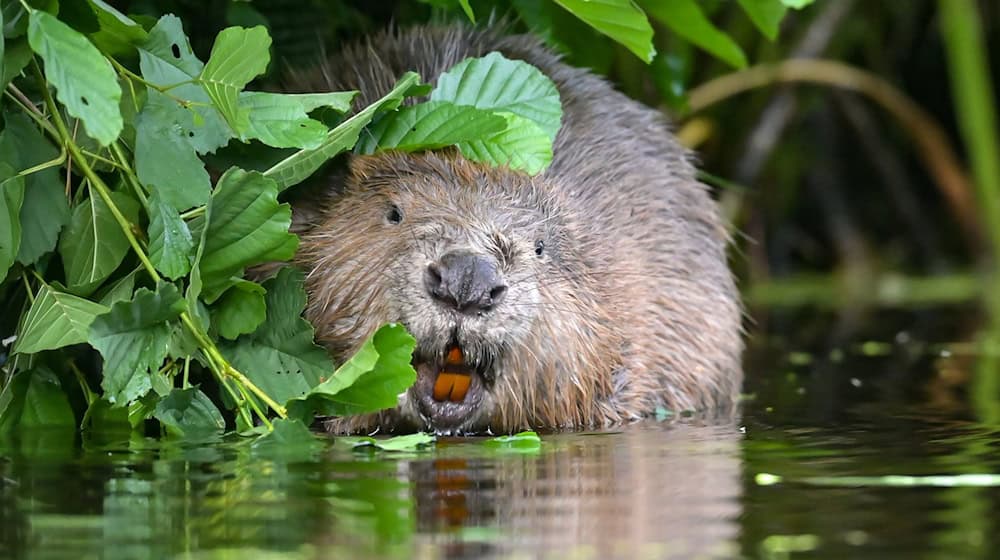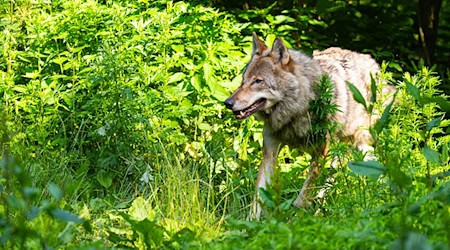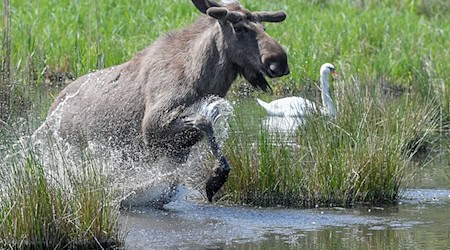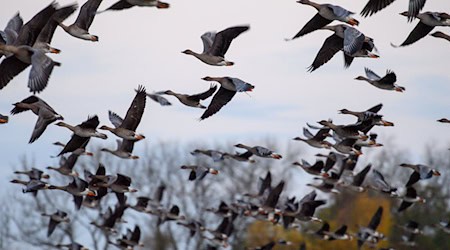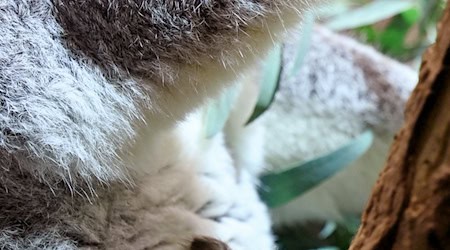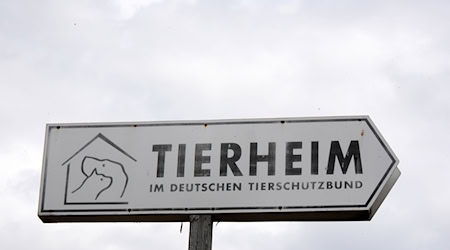The corpus delicti is called Castor fiber. Strictly speaking, the judges of the Dresden Administrative Court will soon have to rule on the Eastern European subspecies of beaver. Because the rodents are doing what they do best in Upper Lusatia. They cut down trees, build dams, dam up water and thus come into conflict with human interests. The strictly protected animals are held responsible for damage caused to residential buildings, bodies of water or farmland, for example.
Nature conservation organization wants to prevent planned relocation
Saxony now wants to "deport" two unwelcome beaver families from Upper Lusatia to France and is encountering resistance from nature conservationists. The Green League in the Free State has filed an urgent petition to stop the planned relocation. This is because if the beavers cannot be captured alive, the decision of the responsible Saxony State Directorate (LDS) also allows the animals to be killed as a last resort.
"As things stand at the moment, however, we assume that this will not happen. It is not a question of significantly reducing the population", is how the LDS describes the issue. The beaver population in Teichlausitz will remain in a favorable conservation status. The approval is intended to limit the economic damage and secure the group of ponds as a significant part of the local protected area in the long term.
For the Green League, however, the "fundamental question arises as to how one can seriously come up with the idea of denying a species that is particularly protected under European law, such as the beaver, the right to exist in a nature reserve".
Substantial damage to pond complexes
But first things first: The application to "remove" the beavers was submitted by a pond owner from Kreba (district of Görlitz). "Removal" actually means sending animals to their eternal hunting grounds. Beavers had repeatedly caused damage to the dams of the Kreba-West ponds, where carp and other fish grow. "The damage to the group of ponds is considerable. The total sum for the necessary repairs alone since 2019 amounts to more than 190,000 euros," reports the LDS. A dam break at the beginning of June this year was the last straw.
"Without intervention, this kind of damage would have to be expected on a regular basis in the future," says the LDS. However, the authority also saw a peaceful way out. It received information from Bavaria about a successful transfer of beavers to France. An inquiry revealed that the French are also interested in beavers from Saxony.
The LDS permit for the relocation of the beavers is valid until mid-March 2026, by which time the rodents must have left the Free State in the transport crate. The state directorate does not know the exact number of animals. "We assume a maximum of two families - around four to six animals each - and a few individual animals," emphasizes the authority.
Beavers are a natural ally in the fight against climate change
For the Green League, this is an absurdity. The conservationists see the beaver as a natural ally in the fight against climate change. "The theoretical arguments put forward by government and political bodies to combat the consequences of climate change and the biodiversity crisis are being put into practice in exemplary fashion by beavers. Keeping water in the landscape and creating new habitats for endangered species is propagated on a daily basis and is a legal objective for areas protected under nature conservation law," argues the organization.
The conservationists also see the protected status itself as an obstacle to the deportation of beavers. The Eastern European subspecies of beaver is just as protected under European law as the Elbe beaver, claims the Green League. "We do not know what technical reasons stand in the way of the natural dispersal process of a protected species. The Schengen Agreement applies to the united Europe." In other words: the beaver can gnaw wherever it wants in Europe, its protected status knows no borders.
Beavers live in a protected area in Upper Lusatia
The Green League points out that the beavers of Kreba live in a protected area, the Unesco biosphere reserve Upper Lusatian Heath and Pond Landscape. As a bird sanctuary, the region is not only a "Special Protection Area" (SPA), but is also subject to the European Union's Flora-Fauna-Habitat Directive. The directive aims to preserve biodiversity.
For the environmentalists, the reintroduction of the beaver in a SPA area, FFH area and nature reserve is a success story. "The enhancement of the landscape associated with the specially protected species and its way of life through the restoration of the water retention capacity of the soil cannot be overstated and expressly serves the objectives of the above-mentioned protected area categories," it says, somewhat unwieldily.
The administrative judges in Dresden will now have to consider all of this when they rule on the urgent application regarding Castor fiber. This will determine whether the beavers will soon be given a new home in Hauts-de-France, the northernmost region of France, or whether they will have to continue gnawing away in Saxony. The beaver is unlikely to have any problems adapting. French trees can be nibbled on just as easily as German oaks.
Copyright 2025, dpa (www.dpa.de). All rights reserved

